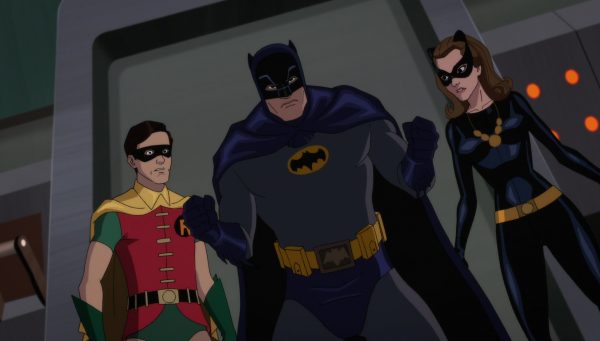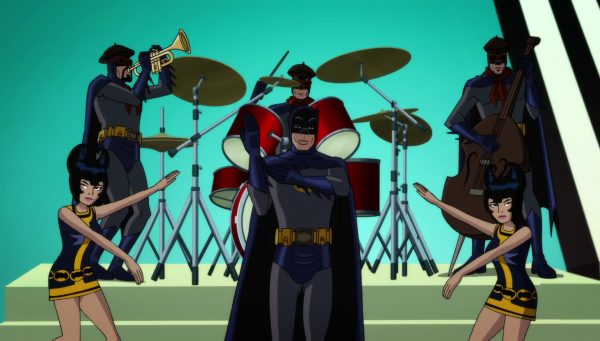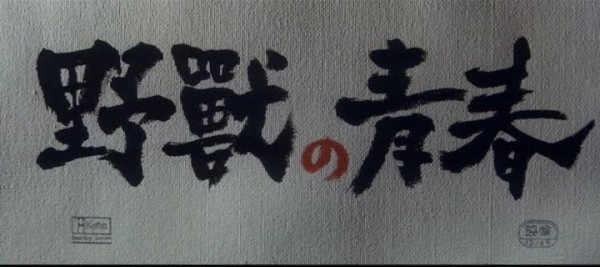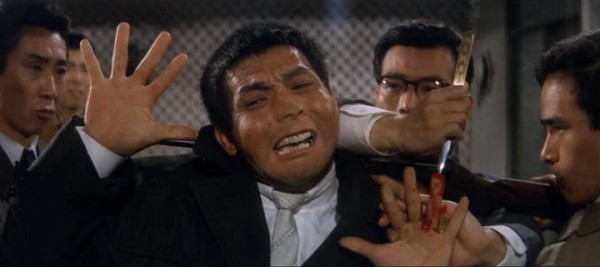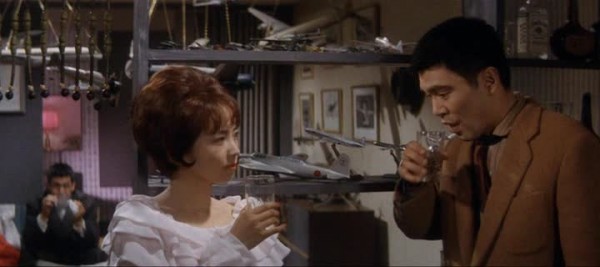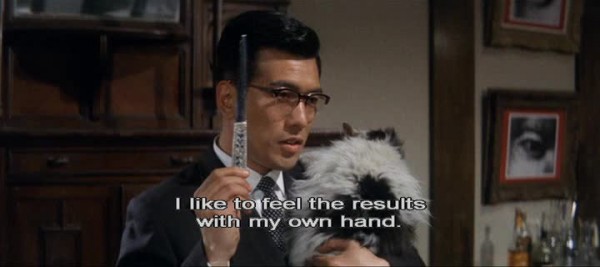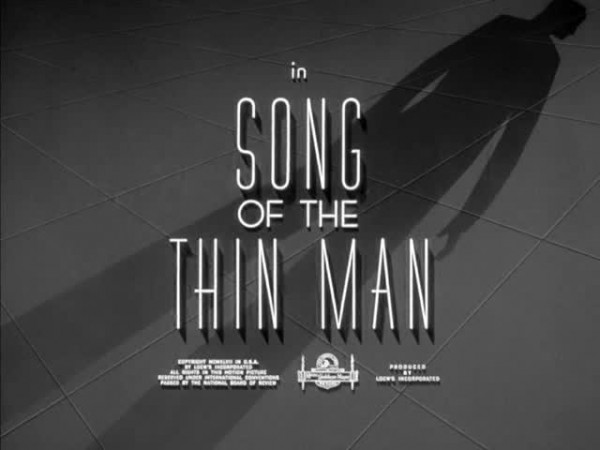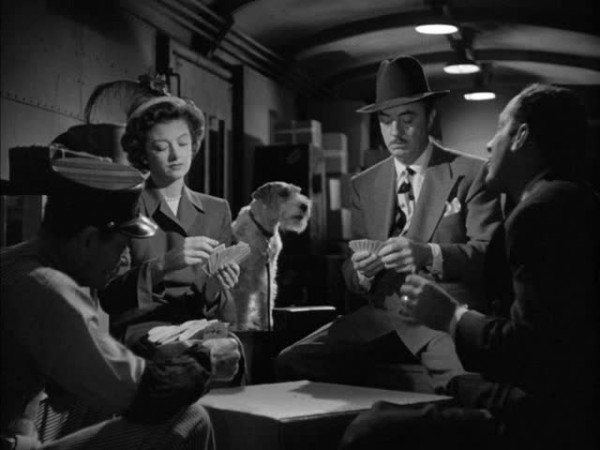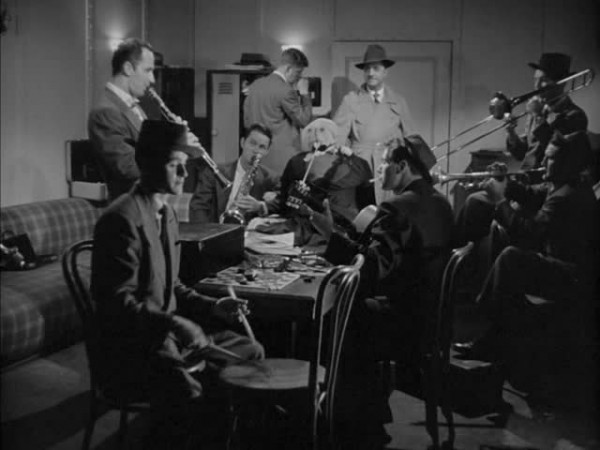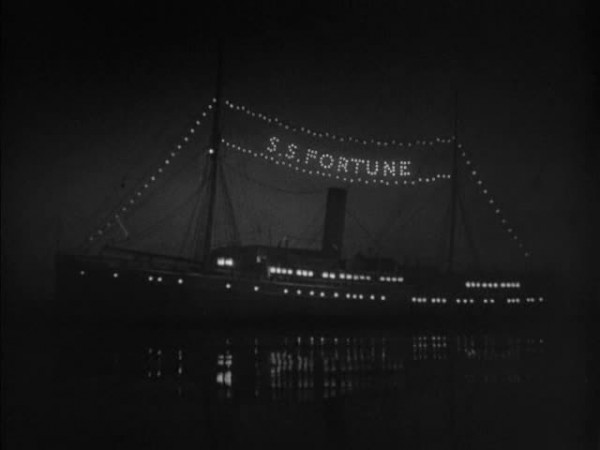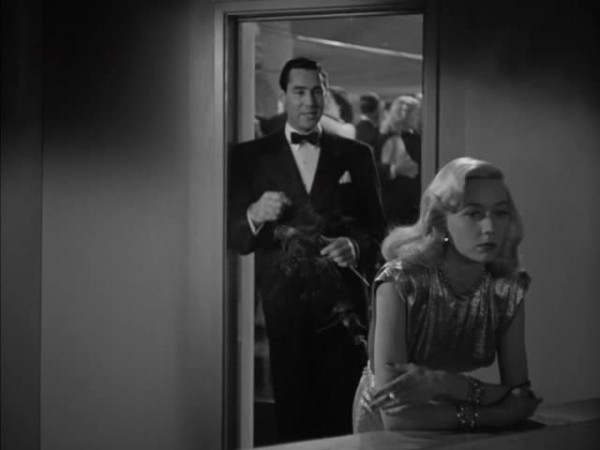Cardinal X

2017![]()
Written and directed by Angie Wong

Back in the 1980s, much of the MDMA in the Bay Area came from a surprising source – a college student making it herself. The story is even largely true, with certain events and people amalgamated together and switched around for dramatic effect. But Angie Wang is real, she did make drugs while at Stanford, and survived to write and directed this autobiographical tale called Cardinal X
Angie Wang (Annie Q.) travels from New Jersey to not-Stanford to begin college, and her wild side lets her live a fun life. She immediately bonds with her roommate and they are soon partying it up at night and taking classes all day. There is trouble behind the scenes, her dad can’t afford the tuition, and Angie can’t escape flashbacks to tragic events in her life such as family discord and sexual assaults. Angie is smart, and quickly sees a need for a supplier in MDMA in the local party scene, and thanks to a new job as a lab assistant and a loophole in the law, she’s soon manufacturing a pile of pills to bring in extra money. We all know this is going to spiral out of control, so hang on for the ride!
Angie sees herself as broken, beyond the rape and assaults, her mother left her with her father when she was young, and her father was always working and emotionally distant. He is constantly worried about money. Angie internalizes the bad things that happened to her in life and her wild party behavior, thinking she’s too flawed to be with anyone normal. Nice guy Tommy (Scott Keiji Takeda) befriends her during the first few weeks of school, and she even spends part of a holiday with his normal, happy family. It’s just too much, she thinks she can’t have that life, that she’s too messed up to deserve it, and quickly leaves. That’s why Angie connects so well with her roommate, Jeanine (Francesca Eastwood), she appears to come from a nice, upper class family, but that hides her mom’s drinking and non-stop insults, causing her to escape via chemical means, as well as cutting and bulimia.

Continue reading



